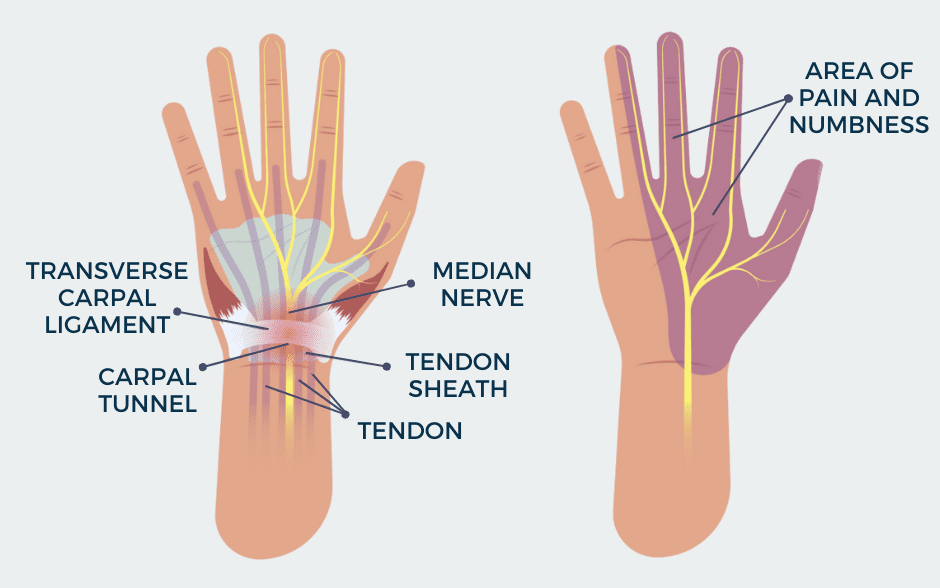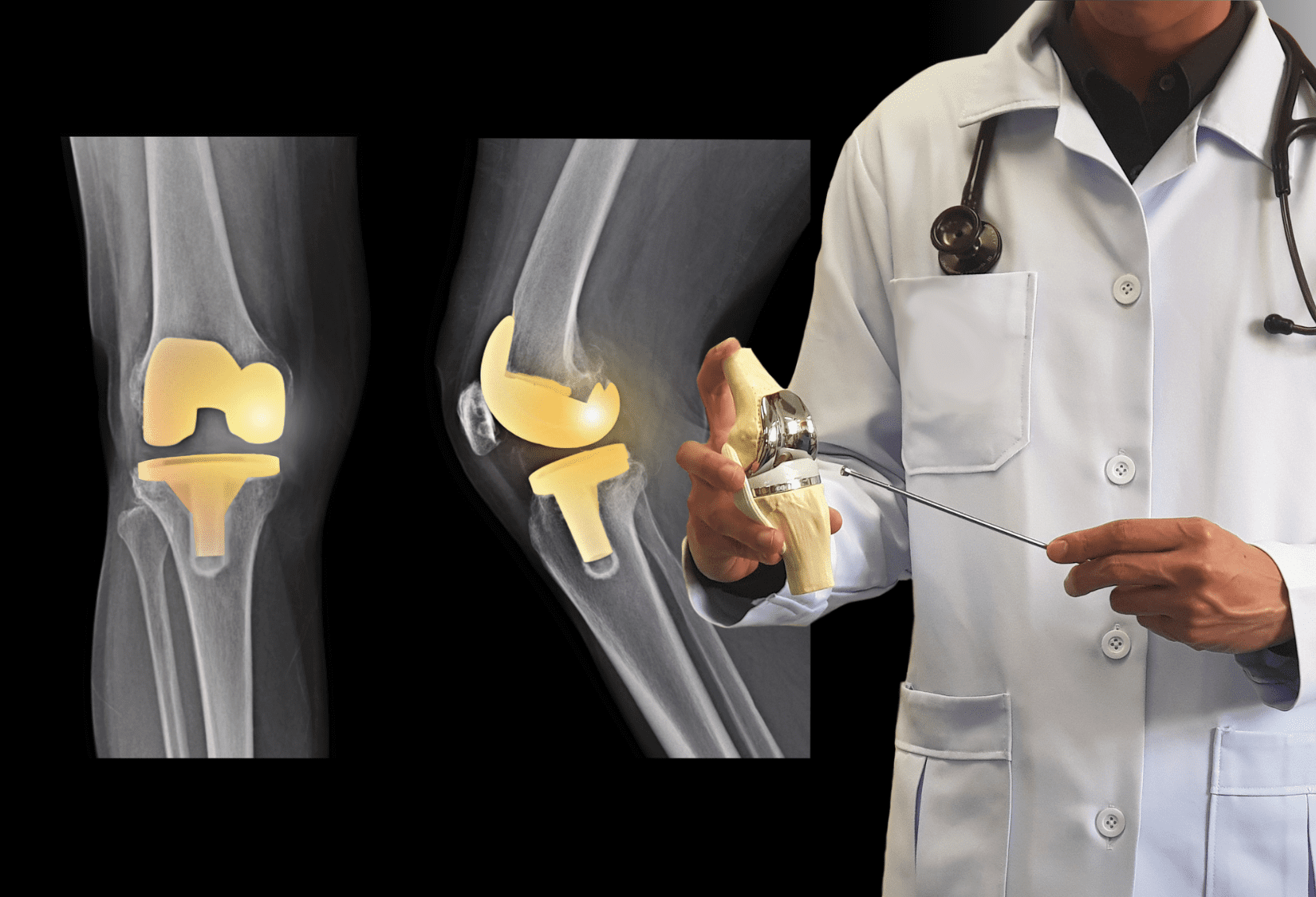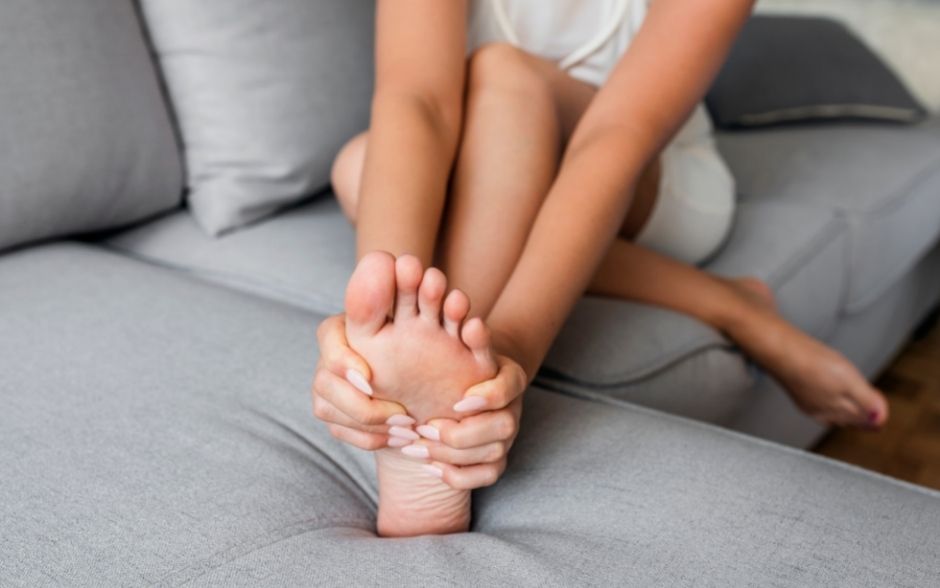If you suffer from pain in the knee joint – you are not alone. Data from the American Academy of Family Physicians shows that approximately 25% of the adult population complains of recurring knee pain. It causes functional limitations and, as a result, lowers the quality of life. People who complain of knee pain problems with the meniscus are frequent patients in rehabilitation clinics. Most patients are not sure what would be better – surgery or less invasive methods, such as rehabilitation. Such patients are often seen by Kris Krasowski, one of our physical therapists.
Kris, what are the most common causes of meniscal problems? Who suffers from them most often?
Kris: These problems usually affect middle-aged and older people. These are usually arthritic changes, i.e. degeneration of the knee joint. Interestingly, in people over 45 years of age, this problem affects women far more often. Osteoarthritis of the knee means not only wear and tear of the articular cartilage and bone changes but also damage to the meniscus. Each knee joint has a medial and lateral meniscus, and it is the latter that is most often injured. Damage to the meniscus, resulting from arthritic changes, usually develops slowly and is the result of multiple micro-traumas. These minor injuries do not cause any significant symptoms at first. They are often diagnosed in joints where the degenerative process is still not very advanced, at the beginning of the disease.
How common is that condition?
KK: Scientific research using magnetic resonance imaging in people over 50 shows that such minor damage occurs in about 30% of the population. It is such a common problem that arthroscopic meniscectomy, which is the procedure of partial (or sometimes complete) removal of the meniscus, is the most common orthopedic surgery in the United States – about 700,000 procedures are performed each year.
What would you recommend – surgery or rehabilitation?
KK: Recent research from the Rehabtjänst clinic in Stockholm shows that professional physical therapy can be as effective as surgery. Similar results were presented by a group of researchers from the Danish University of Odense. Does this mean that surgical procedures are unnecessary? Of course, there are cases when surgery cannot be avoided. However, it is always worth asking your doctor if you can first try less invasive treatments, such as rehabilitation, especially if the meniscus is followed by damage caused by degenerative changes in the joint. In such cases, I would recommend professional physical therapy first.
Is it possible that surgery will not eliminate the pain?
KK: In my 30 years of practice, I have had the opportunity to work with many patients who were referred to postoperative physical therapy due to unsatisfactory results of the procedure. The surgery did not bring the expected enhancement in the quality of life and reduction of pain. The lack of improvement after the surgical intervention was most often the result of the intensification of degenerative changes, which caused the worsening of pain, not its reduction. Often, those patients who were not helped by meniscus surgery are recommended the next procedure – joint replacement.
What does the rehabilitation of the meniscus look like?
KK: There is no strictly defined treatment protocol – the rehabilitation plan always depends on the specificity of the patient’s problem. Based on the functional examination, the therapist prepares a customized treatment plan. Usually, the main reason patients are referred to physical therapy is pain. In such cases, we start the therapy by minimizing the discomfort by using the advanced manual therapy techniques, assisted by different modalities to reduce swelling and pain as well as fight inflammation. The next step is improving the lower body motor control through appropriate exercise. This will help prevent the recurrence of symptoms in the future.
What does the treatment look like in practice?
KK: Some time ago we were approached by a patient who complained of pain in her right knee. It was difficult for her to walk even short distances, climb stairs, or stand for prolonged time periods. An earlier MRI scan showed a rupture of the medial meniscus and slight degenerative changes in the joint. Using advanced manual therapy techniques together with massage helped to relax tense muscles and reduce pain. Rehabilitation also included strengthening and stretching exercises as well as modalities such as electrical stimulation, ultrasound, and Kinesio taping. After six weeks, the improvement was so great that physical therapy could be completed.
Can physical therapy save us from surgery?
KK: It all depends on the particular case – sometimes the damage to the meniscus is so severe that the therapist is unable to help and there is no other option. However, in many cases, thanks to the modern, most advanced therapeutic methods used at our clinic, we manage to save patients from surgical intervention. The most important thing is to start the therapy early enough. If we ignore the problem, it may turn out that it is too late for the therapy. Therefore, remember – if the knee problems do not go away by themselves – do not wait. Appropriate rehabilitation applied at the right time will help you stay fit for many years, without the need for surgical intervention.



















